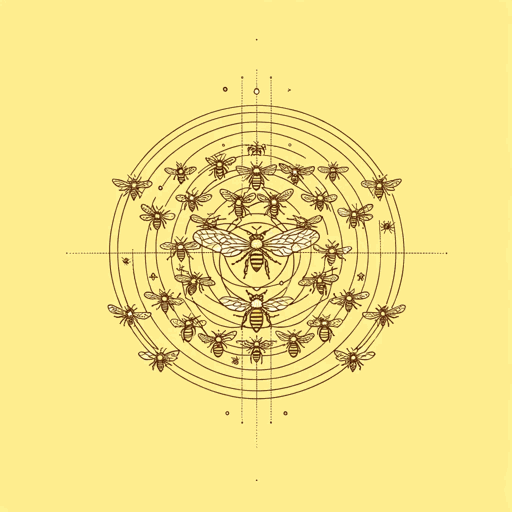71 pages • 2 hours read
Sofía Segovia, Transl. Simon BruniThe Murmur of Bees
Fiction | Novel | Adult | Published in 2015A modern alternative to SparkNotes and CliffsNotes, SuperSummary offers high-quality Study Guides with detailed chapter summaries and analysis of major themes, characters, and more.
Background
Historical Context: Early 20th-Century Mexico
Mexico saw dramatic change in the 1920s as the industrial revolution made great advances in available technology. While many of these developments had already impacted more urbanized areas, mechanization was just taking hold in the agricultural state of Nuevo León. In the novel, Francisco Senior is the first landholder in the Linares area to have a tractor. Technological advancement made its way into the homes of the privileged too, as evident in Beatriz’s massive Singer sewing machine and in Francisco’s including internal plumbing and partial electricity in designing their new home in Monterrey. The advent of telephones in personal dwellings, as Beatriz notes in the novel, was on the horizon. The agrarian reform movement, coupled with the industrialization of cities like Monterrey, drew an increasing number of the landowner class into urban areas and commercial businesses, and away from agriculture—a drift that in the novel eventually draws Francisco Junior away from agriculture.
Beatriz wonders why such dramatic advances haven’t made life any less worrisome. Cultural foment, changing laws, and multiple military groups resulted in pervasive uncertainty and nostalgia for the simpler decades of the past. That nostalgia, however, exists only among landowners and other upper-class citizens like the Morales family. The dramatic developments of the age offer little change for the lower-class worker, apart from engendering animosity at the great gap between the classes and a desire for greater equality.
Featured Collections
Books on Justice & Injustice
View Collection
Class
View Collection
Class
View Collection
Family
View Collection
Fate
View Collection
Fear
View Collection
Good & Evil
View Collection
Hate & Anger
View Collection
Hispanic & Latinx American Literature
View Collection
Magical Realism
View Collection
Mortality & Death
View Collection
The Future
View Collection
The Past
View Collection

